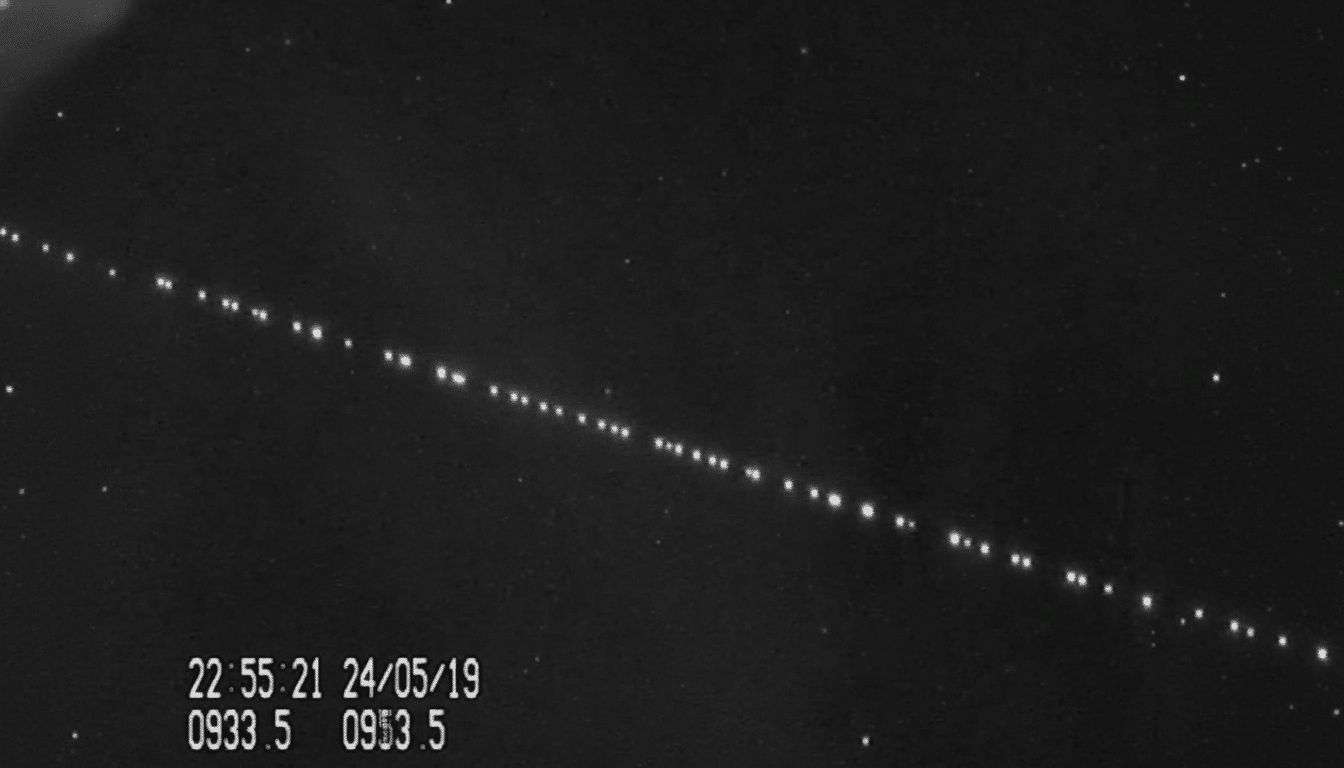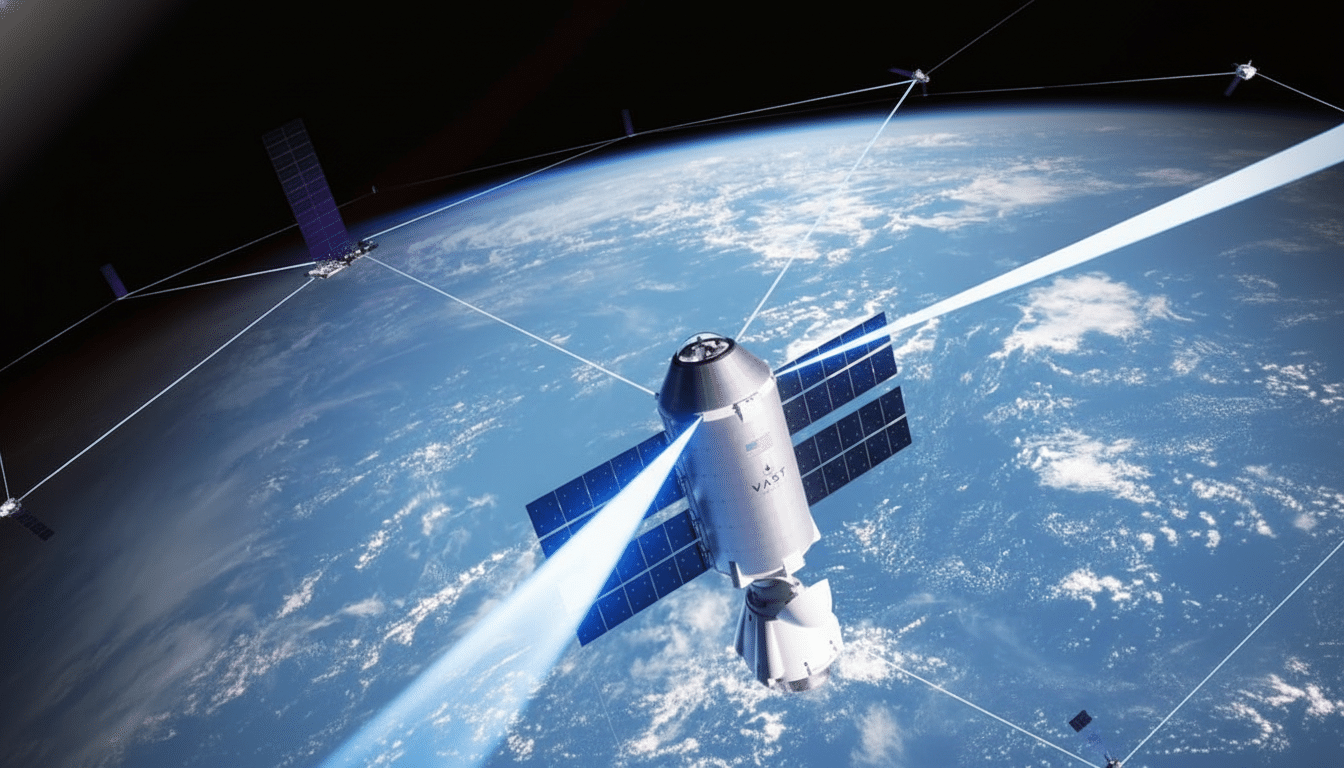Starlink is trying a new rental-only method of getting its satellite dishes into the homes of rural users in parts of Iowa, cutting out an upfront hardware payment and allowing for free professional installation.
I’m not surprised; as a Residential customer shopping around right now for service in some eligible markets, prospective customers are able to pay nearly nothing upfront (just shipping and taxes), but the dish is rental hardware, so it has to be sent back if you cancel service.
- What’s Included in Starlink’s Iowa Rental Pilot Program
- Why Starlink Is Trying Out Rental-Only Hardware in Iowa
- How the Iowa Rental Pilot Compares to Previous Offers
- What the Rental-Only Option Means for Customers in Iowa
- Performance and Coverage Context for Rural Iowa Users
- What to Watch Next as Starlink Tests Rental-Only Access

What’s Included in Starlink’s Iowa Rental Pilot Program
The Residential and Residential Lite sign-up flow for qualifying Iowa addresses includes a $0 monthly-cost rental dish, an ~$20 flat shipping fee, and no option to purchase the standard terminal when checking out. The package includes “free professional setup,” which, in other words, is a technician installing the roof mount and aiming — an unusual add-on for service that’s generally pitched as DIY-friendly.
Terms of the rental make clear that customers must return the hardware when service is terminated. That detail is consistent with the model: Starlink maintains ownership of the gear, refurbishing and redeploying it to potentially reduce support costs by maintaining pro-grade installations.
Why Starlink Is Trying Out Rental-Only Hardware in Iowa
The obvious play is the one that brings down the barriers to entry. Traditional satellite internet involves purchasing a terminal, a barrier that Starlink has been nibbling away with occasional sales and incentives. Clearing the purchase entirely could speed up adoption in rural pockets where budgets are tighter and broadband choices are fewer.
There’s also an operations angle. Placing your dish well the first time means avoiding performance-degrading mistakes or dishes that need to be returned. Mounts, cable runs, and line of sight can all be standardized to increase first-time-right results and decrease support tickets. By having hardware on Starlink’s balance sheet, the company can also own asset life cycles and continue to redeploy dishes as coverage and capacity changes.
How the Iowa Rental Pilot Compares to Previous Offers
Starlink has played around with pricing and offers. In some markets, the company has just reduced the sticker price of its basic dish to considerably less than three figures and sold plan discounts varying from market to market. At one time, U.S. sign-ups in certain areas got a free dish with a service commitment — another attempt to reduce upfront cost.
The Iowa test differs in that it offers no ownership at checkout and bundles professional installation. Starlink has internationally carried a hardware rental fee in the U.K. of some monthly rate and an activation charge there; by contrast, the version here in Iowa doesn’t currently reflect a razor-thin monthly payment, just shipping and tax upfront.

What the Rental-Only Option Means for Customers in Iowa
The upside is obvious: no upfront cost, a tech install, and no hunting down mounts or worrying about placement. Renters and homeowners both may find the prospect of not owning hardware appealing — particularly for households that want to test-drive the service before investing in the equipment.
The trade-offs are equally straightforward. You won’t own the dish, so you will have to return it if you cancel. That can complicate relocating or selling further down the line. If you want to own the hardware, you can still source terminals like the tiny Mini through third-party resellers, but offers and pricing will depend on geography.
Performance and Coverage Context for Rural Iowa Users
Independent testing firms have measured Starlink median download speeds in the U.S. that frequently exceed 60 Mbps, with latency often in the tens of milliseconds, though performance depends on network load and local conditions. In rural Iowa, where fixed fiber or cable may be hard to find, those numbers compare well with broadband from many legacy options.
Regulators and state planners also see low-Earth-orbit constellations as part of the solution to the broadband puzzle. The FCC’s national broadband map, when consolidated with Iowa’s own Office of the Chief Information Officer mapping, shines a light on continued coverage gaps outside of most towns. With a rental-first approach, Starlink could move swiftly into such pockets and scale its service without requiring households to commit upfront to the purchase of hardware.
What to Watch Next as Starlink Tests Rental-Only Access
Key questions linger: Will Starlink expand rental-only sign-ups beyond Iowa, or tack on a monthly rental charge further down the line as in other markets? How slow will installers be when demand is high (in peak seasons)? And will we see better customer satisfaction scores and network performance metrics — as reported by entities like Ookla or consumer watchdogs — with standardized installs?
For now, the Iowa pilot represents an aggressive bid to remove friction for would-be subscribers — one that could transform how satellite broadband is sold and deployed if it scales across the country.

